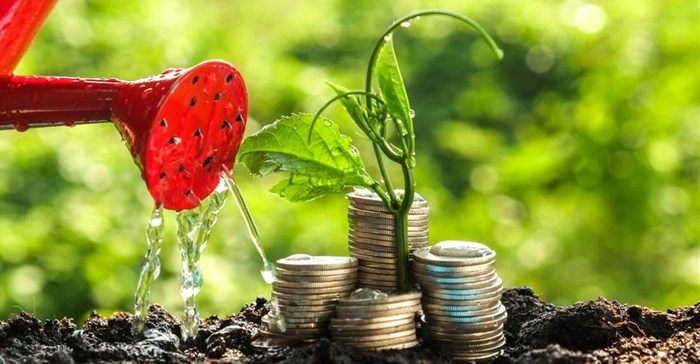When the world shut down to deal with the Covid-19 pandemic, the planet started to recover. A state of being that should have corporates asking how they can be doing business in a better, kinder way.
Nicole Martens, Futuregrowth head of responsible investing for Africa and Middle East said this is really an opportunity to look at how our capital markets are put together and rethink if they are fit for purpose.
“Are our economic strategies designed in a way that not only directs excessive financial wealth in return, but that builds the world that we want, that addresses the environmental, that addresses the social and the governance objectives of society as a whole?” she said in a webinar hosted by Daily Maverick.
Building back better
“When we look at the green reset, what we are seeing in different government policies that are starting to emerge and the discussions that we are having support this whole idea of building back better. Of not going back to normal but sailing forward so that we can leapfrog some of the challenges of the past,” Martens said.
It is critical that the post-Covid-19 recovery strategies are sustainable, and integrate environmental social objectives, such as the Sustainable Development Goals. She said that the transition from a fossil fuel intensive economy to one that is green must be just, in that it is socially and economically sustainable for communities, and addressed inequality, poverty and unemployment.
“As much as we’ve been focused on this endless treadmill of generating maximum return, there are no returns to be generated on a dead planet in a community or society where everything has dissolved into chaos.
“So the green reset really gives us an opportunity to say: ‘How do we get beyond where we were by creating policy and regulation now, by addressing corporate culture and the purpose of the corporation in a way that benefits all and leaves no one behind?’.”
The right policies and regulations
Breaking the patterns of concentration is at the core of a just transition, Martens said. “Making sure we have the right policy and regulation in place. At this point there should be two focus points when it comes to policy and regulation transition in general and recovery from the pandemic specifically.”
“The first one is to make sure you are recreating an environment that catalyses investment into solutions where they already exist. We should be making it easy to invest in that and making it easy to absorb local labour, for example, and making sure the environment is conducive to that.
“The second is investing in the development of solutions where they are needed. If you don’t do that you are following the entire time. You are waiting for the solution to come from an external source. You are going to be subject to the power dynamic that comes with it. This is where collaboration between the private and public sector becomes so important.”
Martens said that the role of investors now is not to start thinking just about the short-term but also long-term outcomes of the impact of an investment on the broader society. “So that means that the natural extension of responsible investing moves to engaging with policy makers to help catalyse the right sort of policy and part of that is understanding those power dynamics,” she said.















































